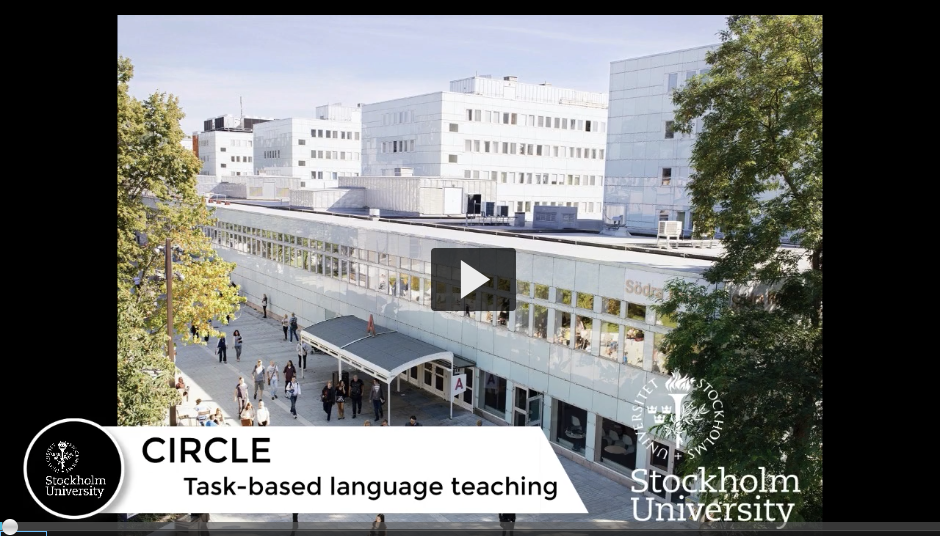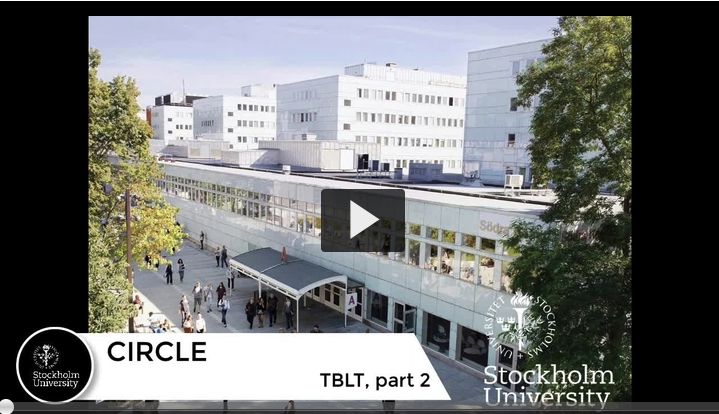
Language learning is successful when learners are able to use the target language to actually get things done. Task-based language teaching (TBLT) is one way to bring this authentic use of the target language into the classroom, by setting up learners with something to accomplish in that language. This may involve a strong interpretation of communicative language teaching, where any kind of grammatical explanations are given only when needed or asked for, or it can be part of a weaker interpretation of communicative language teaching, where the task is the third leg of the more traditional Present-practise-produce (PPP) approach where a structure is presented by the teacher, then practised, before the learners are set to carry out a task that will require them to produce language where they use the new structure.
Reading
Much has been written about the theory and practice of TBLT, and we are delighted to be able to show you a very recent book by Rosemary Erlam and Constanza Tolosa that is entirely open access, as well as some work about young beginners by one of the names most associated with TBLT, Rod Ellis. Interestingly, all three of these researchers are based in Auckland, New Zealand.
Erlam, R., & Tolosa, C. (2022). Pedagogical realities of implementing task-based language teaching. John Benjamins.
Ellis, R. (2020). Task-based language teaching for beginner-level young learners. Language Teaching for Young Learners 2(1), 4-27.
Interview
We managed to catch up with Constanza Tolosa and Rosemary Erlam (authors of the open-access book linked above) during their international travel and recorded these interviews. Our colleague Per Snoder joins Tore in the conversation. The first interview is with Constanza and the second with Rosemary.


Discussion questions
- What are your own experiences of using tasks in language teaching?
- What would you say are the main challenges with using task-based language teaching?
- Talking about a focus on form(s) in more general terms, at what points in a teaching cycle do you normally bring in an explicit focus on language (vocabulary, morphology, syntax, pronunciation)?
- The strong version of TBLT advocates that teaching should be planned with the task itself as a focus, rather than what grammar and vocabulary the students would need. What are your views on this?
